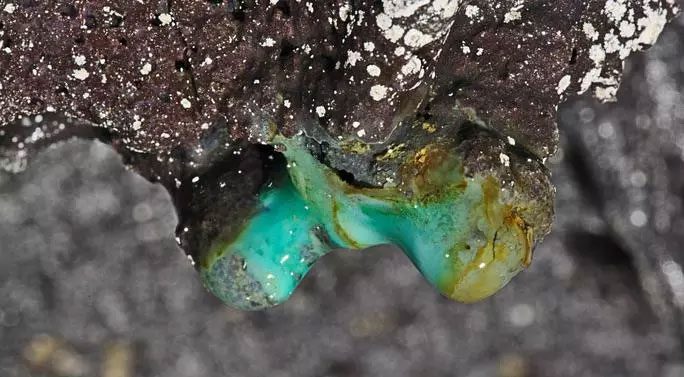By comparing 70 gene sequences from bizarre microbial species found in lava caves, scientists discovered no matches with known species on Earth.
According to Science Alert, researchers have found a wondrous world in a place “as inhospitable as Mars”: the ancient lava caves of Hawaii.
These are geothermal caves or caves formed by lava tubes and volcanic vents, created between 65 and 800 years ago on this island, often containing minerals and toxic gases.

White bacteria clinging to a rock outcrop in a lava cave in Hawaii – (Photo: Kenneth Ingham)
However, a rich microbial community thrives in this extremely harsh environment. Scientists from the University of Hawaii in the United States collected data over two periods from 2006 to 2009 and from 2017 to 2019, revealing life forms that are “more unique than expected.”
When sequencing 70 RNA gene samples and comparing them with known species from around the world, they found no matches, or at least no matches with high reliability.
“This indicates that these ancient caves are diverse ecosystems that have never been explored” – the authors wrote in their publication in Frontiers in Microbiology.
Samples from the oldest caves, aged between 500 and 800 years, contained the most diverse microbial populations, while samples from “younger” caves under 400 years showed less diversity but more complex interactions, indicating fierce competition where similar species struggle to coexist.
It seems that the harshness of the environment is a crucial factor in creating distinct species, different from the rest of the world, establishing large communities with uniquely special forms of interspecies interaction.


















































